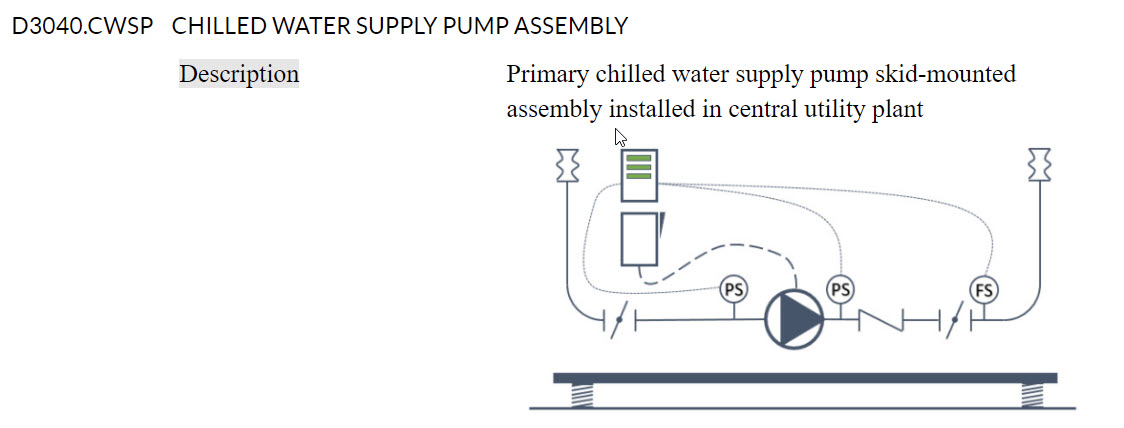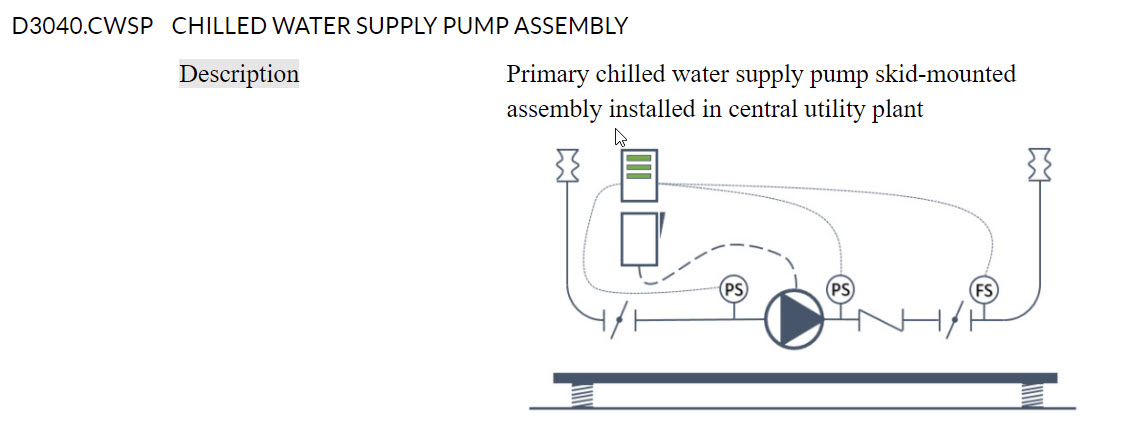
Specifications are the written documents defining qualitative construction requirements. Specifications complement drawings that define quantitative construction requirements. Drawings are a series of symbols representing construction assemblies the contractor must build. The symbol does not convey the technical details of products and materials required to construct the assembly. This is the function of the specifications. Specifications give meaning to drawings.
Specifications can be a 3,000 page tome, a single drawing note, or anything between.
There is no universal definition of what constitutes specifications. In construction, 3-Part Spec and 50‑Division Spec are the common descriptions. The first refers to the Construction Specifications Institute's (CSI) 3-Part SectionFormat™ that prescribes the organizational structure within each specification section. The second refers to CSI's MasterFormat® that is a list of numbers and titles used to organize specifications in relation to each other.
Both format documents define specification organization, only.
American Institute of Architects (AIA) contracts do not define specifications. AIA B101 (owner-architect agreement) requires architects to deliver outline specifications and specifications. AIA A101 (owner-contractor agreement) names specifications as a contract document.
Neither agreement explains what specifications are.
Written documents in any form can be specifications. Simply convey appropriate information about materials, products, systems, and assemblies sufficient for the contractor to procure and construct the facility.
Must specifications be traditional construction specifications?
I am on a quest to make specifications simple, straightforward, understandable, and consequently enforceable. I applied these goals to traditional construction specifications and reduced the number of words and the number of pages. It is not difficult. It simply takes a commitment to adhere to the goals, consistently.
As part of my quest, I am exploring simple system descriptions as specifications organized by Uniformat. I know it is possible. I completed one design-build project and one construction manager project where the only specification was a set of system descriptions. No 3-Part nor 50-Division traditional construction specs were written. Both projects were constructed successfully.
Next step — align specifications with manufactured systems.

Consider the trend towards prefabrication and design for manufacturing and assembly (DfMA). When the design and construction teams identify opportunities to employ manufacturing, there should be an efficient means to describe the entire manufactured system including performance requirement, design requirements, and individual components. MasterFormat specifications are too product and trade centric to work well for this purpose. Uniformat system specifications work elegantly.
The industry is evolving, so must specifications. Let's start here. Ask me how this works!

